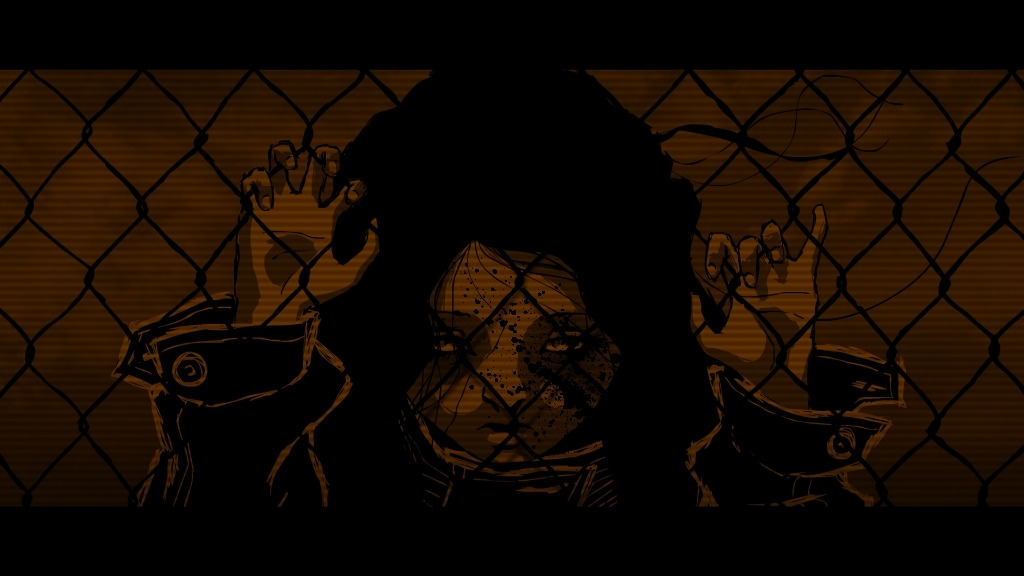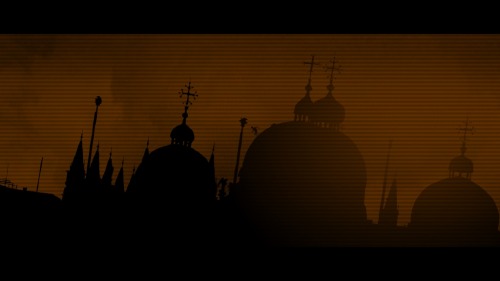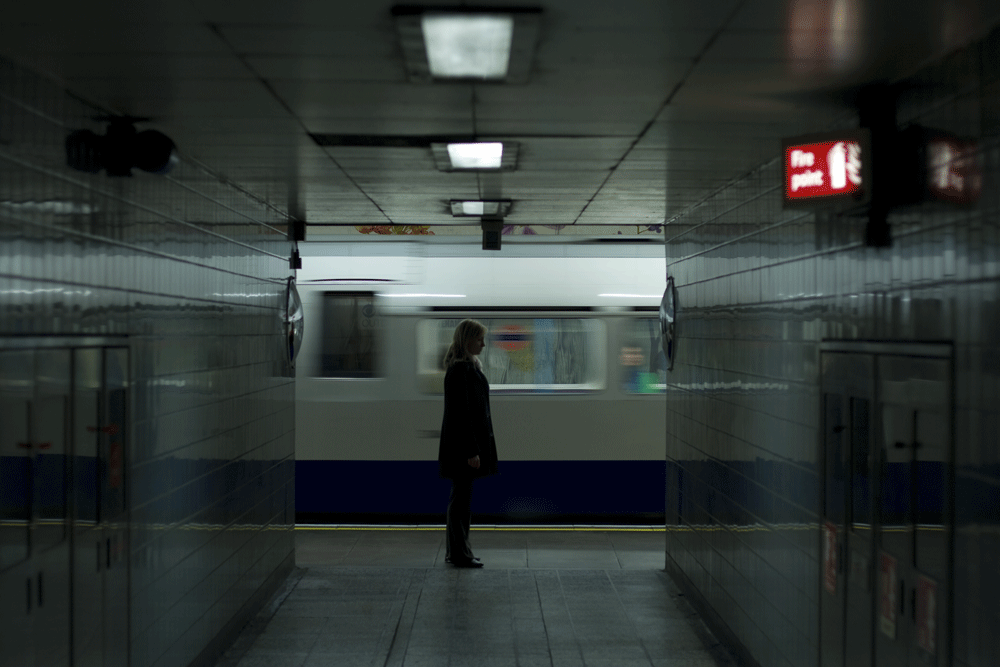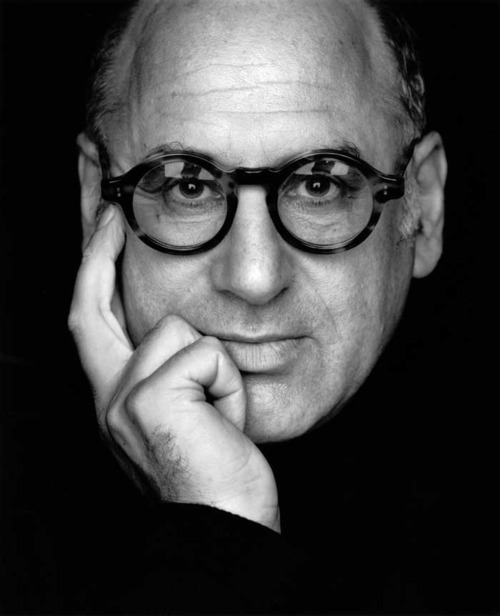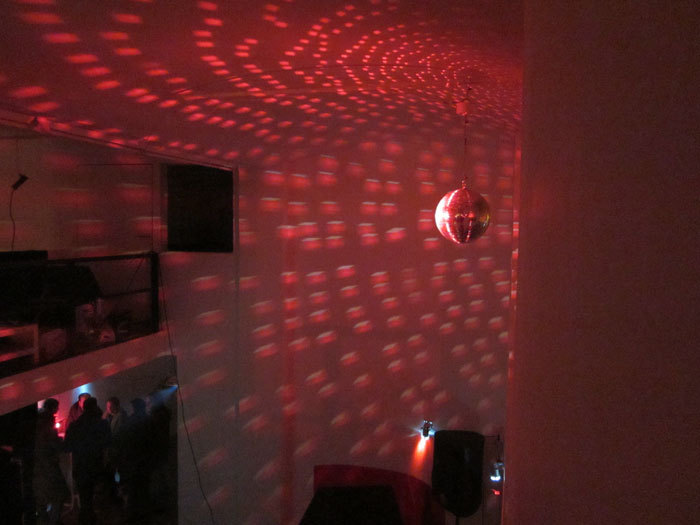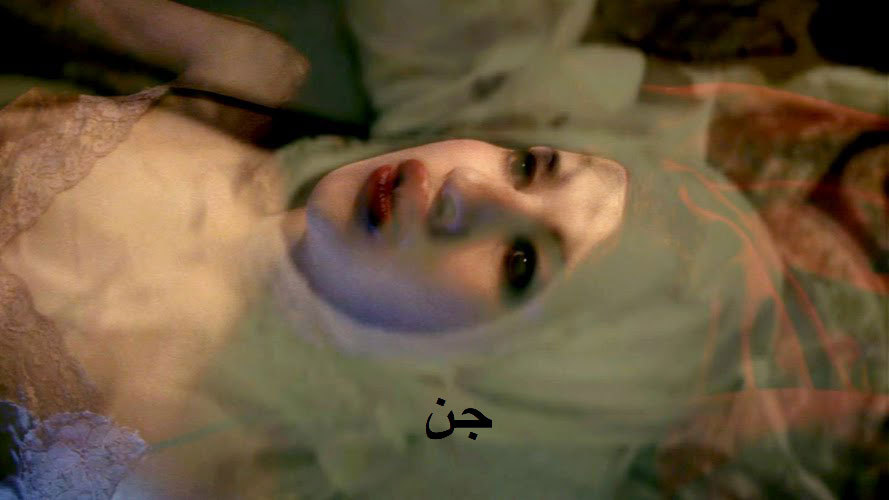
PROFANE | A REVIEW
Psychedelic film as a genre is a slippery slope to walk across where making a bad decision can thrust a project helplessly into cliché. Often filmmakers fail under the decoy of video “Op-Art” which is easy and anyone who’s sat in front of an editing program with a bag of grass can tell you that it only takes five minutes to make. Good psychedelic film and video is sensual and has a narrative or a point or a purpose that fulfils a desire to the brink of madness. It’s not always pretty and often flirts with being uncomfortable. It’s about overwhelming the senses with spiritual and emotional subtext connecting dots between existentialism and essentialism through figurative micropsiac and macropsiac lenses simultaneously. If you can do that then it’s possible to make a good psychedelic film. Usama Alshaibi is one of those few capable people.
Profane is very smart and confident and honest. The film bounces between consonance and dissonance in an algorithm typically reserved for musical composition. The first melody is the camera work: at times annoying and at others intensely beautiful but always expertly edited. The second melody is the characterizations: The most notable actor being Dejan Mircea, I could have met him in real life. He keeps the film from falling into cliché with a convincing performance that makes one want to take him away from the mean messed-up girls and go have a nice conversation somewhere more calm. He’s an intelligent person who is interesting to listen to. One would feel instantly at ease in his presence. When this character speaks you forget that you are watching video and that this is a psychedelic film. Molly Plunk plays a character so erratic it would be worth seeing her play something totally opposite in another film to find the range of her colour. She has a brilliantly awkward moment toward the end sitting tied up naked in front of an Imam. Manal Kara plays a beautiful young woman with the daunting task of maintaining balance between the two aforementioned characters, her desires, and a character no one can see. Her final scene played the perfect chord to end this allegory. The third melody is the soundtrack: very rarely do I ever feel that independent film puts enough effort into the score but this was a strikingly poetic matchup. The three melodies would scatter apart into chaos for a good deal of the time and then coalesce into deeply beautiful moments of heightened reality. This is the kind of film I came out thankful for seeing and it belongs in the dvd collection of anyone who truly appreciates experimental and psychedelic filmmaking.
I saw this film at the Director’s Lounge on Christinenstraße 18 in Berlin Mitte. It’s a nice sized space for showing work. They also offer good wine instead of the typical cheap crap that turns the stomach sour after a glass offered in 99% of other artist spaces. Anyone who likes wine will happily pay the extra Euro for a glass of something drinkable! It’s also a very friendly environment where people smile at each other and speak freely. I must get to know these people better!
Ceven Knowles

